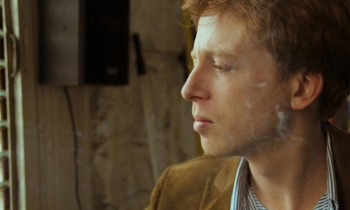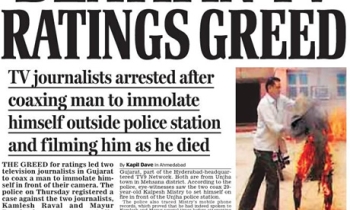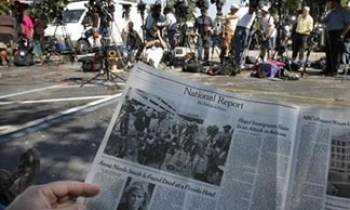Within one week, a 184-year-old re-invents itself, a nova product for an up to now non-existing market will hit the streets, and an online product's official print version is launched.
Is it coincidence that all these happened within one week, or is it just emphasising the vibrant potential of the print media market?
Previously, analysts were reluctant to sound anywhere near positive about print, just in case they have it wrong. But if you look at the current energy, indicators are that our oldest media still has a lot of oomph left in those beautiful printing plants.
Those with ink in their veins should be forgiven that such news makes for improper excitement. Doddering old dinosaurs no more. Talks of extinction no more.
Why are the presses purring with pleasure?
Let's begin with the local excitement.
According to eMedia's newsletter, Deon du Plessis, publisher of South Africa's history-making tabloid Daily Sun, will launch a new title coming Monday, the 19th.
It will be in the compact format, in-between a tabloid and a broadsheet. Or - after you've read the last part - the so-called Berliner format.
The target market is the young and the restless between ages 24 and 40, and a specific demographic in that age, the movers from the townships to the townhouses, working their way to the leafy suburbs.
Titled Nova, this will probably be the first of a new species of papers, a hybrid with contents between that of newspaper and magazine. In other words, a novel type of journalism to be explored. Let's make that a nova type of journalism.
Another happening: the official launch of a new monthly, up to now an online publication, will take place this week in Stellenbosch. Aimed at the intellectual, sophisticated elite, Die Vrye Afrikaan sees itself in a class of its own - the thinking community.
The Afrikaans market has seen a number of extremely popular launches this past 24 months. That there is also space - and, hopefully, oxygen - for a more cerebral product, just shows the vitality in and viability of this market. Get more at www.vryeafrikaan.
Changing of the Guard(ian)
But wait, there's more. Inkheads might have already picked up the buzz on the electronic highway. If not, it's time to catch up on another novelty. It's the story of a newspaper, established in 1821, going from broadsheet to Berliner.
If newspapers, like any product, don't change, "they wither and perish". Mature - or declining - titles, have to re-invent themselves to stay ahead of their time. Or rather, their time-compressed consumers.
The British Guardian, with its history of 184 years, has re-launched itself this past Monday in a "Berliner" format, the working name for the paper.
Berliner has not got so much attention since 1961 when JFK famously said "Ich bin ein Berliner", to show solidarity during with this most beautiful but divided city. And everyone else fainted with relief that he was, Gott sei Dank, not in Hamburg. Or Frankfurt. If you forget that he was actually saying "I am a jam-doughnut". (A Berliner is a doughy confectionary filled with jam, dusted with icing sugar.)
The (old) new Guardian has been known throughout its time on the drawing board as "the Berliner", after the German paper using the same format. Or, by those who were more "discreet" and "historically minded", "Project Kennedy".
This format is larger than a tabloid, but smaller than a broadsheet. According to the Guardian, they wanted to combine the "portability of a tabloid with the sensibility of a broadsheet".
The team at the Guardian redesigned everything. Everything. No tweaking here and kerning there. From the typeface, to the design, to the use of colour and photography. They call it a new paper for a new generation living in the digital age.
For those in the newspaper industry, a click to the Guardian's website with its articles, commentary and general information on the make-over is compulsory. You will even find information on the brand-new age-old Egyptian typeface.
The figures to be found in this equation? A new plant and equipment came at £80m (about R925m), made up of £50m for new German presses and £30m for the construction of new buildings and other specialist equipment. And, of course, marketing. Speculation puts the total figure at £100m.
But the real driver?
It's a lesson to all those who think cheap, sensational, amateurish, dumbing-down-journalism will ensure the sustainability and longevity of print. In the words of the editor, Alan Rusbridger, they will stay "true to journalism", because they had to be "true to Guardian ideals and traditions". And that's the best bottom-line. Mediasaurs? No... va.









